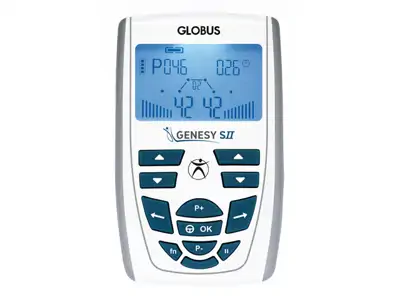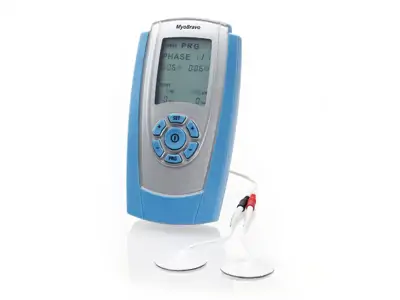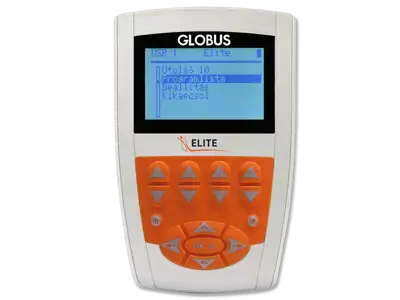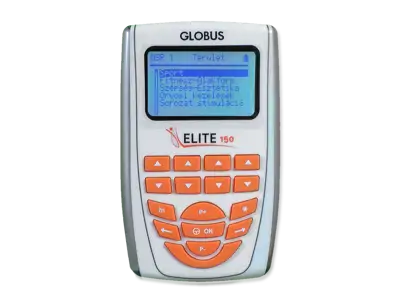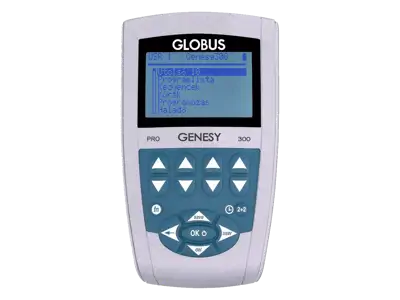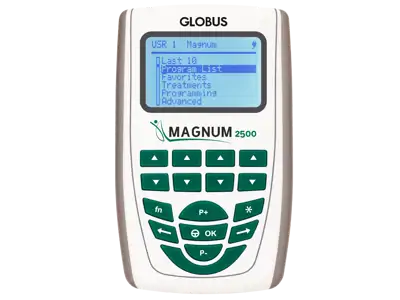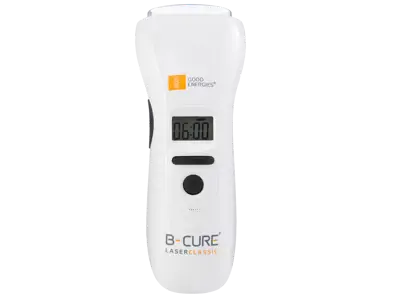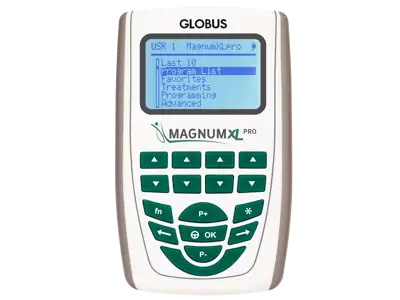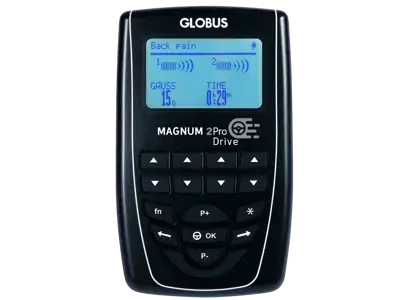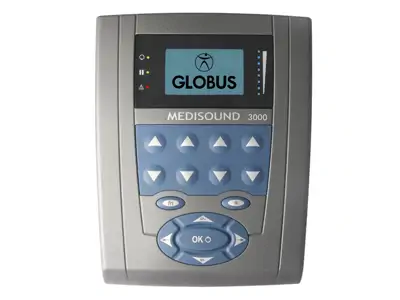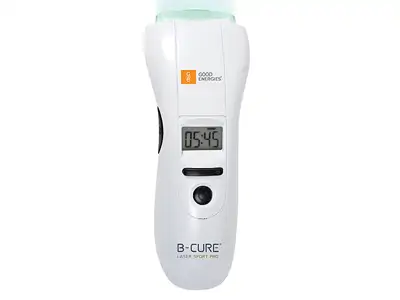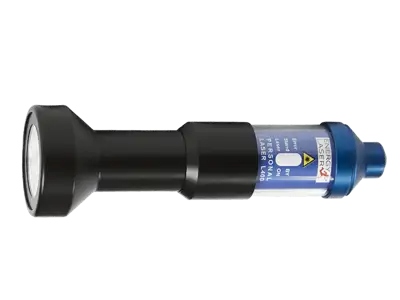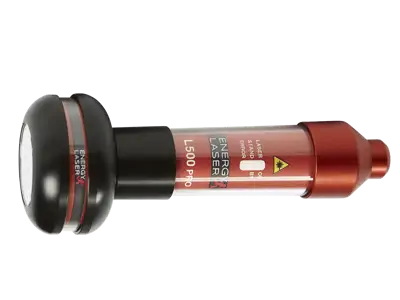Discus hernia
A herniated disc is a bulging disc that fills the space between the vertebrae, pressing on the nerves exiting the spine and causing a distinctive, excruciating pain.
Read more...The space between the vertebrae is filled by a disc called the intervertebral disc. Its role is to reduce or "absorb" the mechanical forces acting on the spine. Its flexibility and integrity are important for several reasons. The most common form of damage is herniated discs, which cause severe pain.
Treatment of herniated discs
The treatment of herniated discs depends on their severity.If the herniated disc is still held in place by the fibrous ring, there is a chance of conservative treatment to prevent surgery. If the ring "breaks off", then the only option is surgery.
The main symptom of a herniated disc is severe pain, which needs to be relieved.
The nerve root under pressure swells (becomes oedematous). Soft laser treatment or therapeutic ultrasound over the most painful point reduces the edema (swelling) and thus the pain.
TENS treatment has no anti-edema effect, it is only useful in relieving pain.
Microcurrent electrotherapy (MENS) has a stronger analgesic effect than TENS and also reduces oedema.
Strengthening your spinal muscles
Most spinal hernias are caused by weak spinal muscles and because they do not keep your vertebrae apart, your weight is put on the disc. It's no wonder if it breaks down.
You can improve your symptoms by using muscle stimulation therapy for the muscles that support your spine. The treatment relieves spasmodic muscle tension and also strengthens the spinal muscles. This strengthening effect is essential to prevent recurrences!
Back to top...

